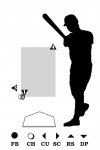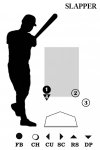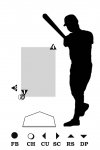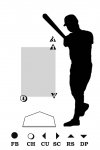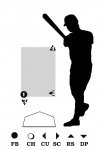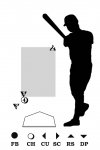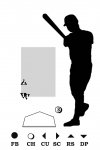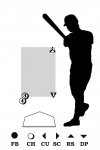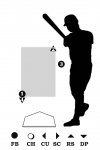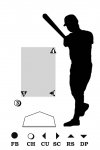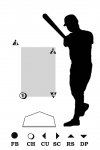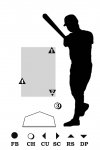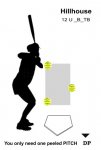Cannonball
Ex "Expert"
- Feb 25, 2009
- 4,882
- 113
Steve, I understand that a lot of colleges and universities are going up and down in the zone. However, in a fairly decent level of 16U and then 18U playing up, I had my pitchers throw curveballs to slappers. It seemed to unnerve them. More than a few times they bailed out and/or swung over the top of the pitch as they bellied out toward 1st. Is this a bad strategy in your opinion?



